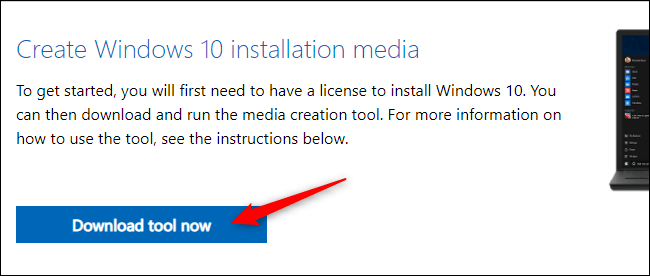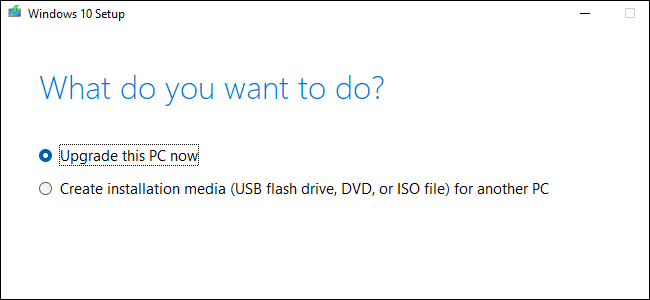How To Go Back to Windows 10 from Windows 11?
How To Go Back to Windows 10 from Windows 11 – You tried the new Microsoft operating system. However, want to revert to the old stable version? In our article, we have compiled the 2 easiest ways for you.
There are several ways to go back to Windows 10 after upgrading your computer to Windows 11. Here’s what you need to know about downgrading from Windows 11 to the stable legacy Windows 10.
How To Return to Windows 10
There are two different methods of doing this, depending on when you upgraded to Windows 11.
If you upgraded to Windows 11 in the previous 10 days, you can “ undo ” your installation . Think of this path as an “undo” button. In this way, you will be able to revert to your old Windows 10 operating system.
This option is only available for ten days, as Windows keeps your old operating system files for 10 days. Windows deletes temporary files after 10 days to free up space on your internal drive. You can also remove them manually with a program like Disk Cleanup. This “Undo” function is mostly designed as an emergency “Undo” button when using a new version of Windows.
Second, if it’s been more than 10 days since you installed Windows 10, you can reinstall your old operating system. You will replace Windows 11 with a new Windows 10 system. So you will have to install it from scratch.
Be sure to backup your critical data before proceeding. The recovery procedure within the first ten days will record your files. But a full reinstall will delete everything on your drive. Making a backup is always a smart idea, especially when reinstalling an operating system.
Option 1: Go back to Windows 10
If it’s been less than ten days since you upgraded your system, it’s pretty easy to go back to Windows 10 from the Windows 11 Settings app.
First, open the Settings app. (You can press Windows+i to start it.) Go to System > Recovery.
Under Recovery Options, you will see a “Revert” button. Click the “Revert” button if the option is available on your computer, then Windows will switch back to Windows 10, replacing your current Windows 11 system with your old Windows 10 system.
On the screen shown in the figure, Windows 10 will ask why you downgrade and provide additional information you need to know.
Option 2: Reinstall Windows 10
If the “Go Back” option in Settings is disabled and the Windows 10 Settings app claims to no longer exist on your computer, you will need to reinstall it.
- To get started, go to the Download Microsoft Windows 10 webpage.
- Click “Download Tool Now” under Create Installation Media to download Microsoft’s Windows 10 Installation tool.
Note: Despite the tool’s name, you do not need a USB drive or DVD to reinstall Windows 10.

- When prompted, click Yes to accept Microsoft’s software license agreement and run the “MediaCreationTool” EXE.
- “What do you want to do?” In the section, select “Upgrade This PC Now”. page and then select “Windows 10” and click “Next”. Despite its name, this option only reinstalls Windows 10 on your upgraded computer from Windows 11.
If your computer running Windows 11 is unstable, you can download this tool to another Windows PC, create installation media on a USB drive, and use this USB drive to reinstall Windows 10 on the unstable Windows 11 computer.

- After installing a new version of Windows, the Setup program will complete the preparations and fill the “Progress” counter with “100 percent”. Optionally, you can click Continue while the setup wizard appears.
- On the “Choose What To Keep” screen, you must select the “Nothing” option. Your entire system drive, including your personal data, will be erased by Windows.
If you continue, all data on the internal drive of your Windows 11 computer will be deleted. Make sure you have backups!
Read Also: How to Change Username (User) in Windows 11
Proceed with the installation process. The installation is practically the same as if you were installing Windows 10 on a brand new computer without an operating system.